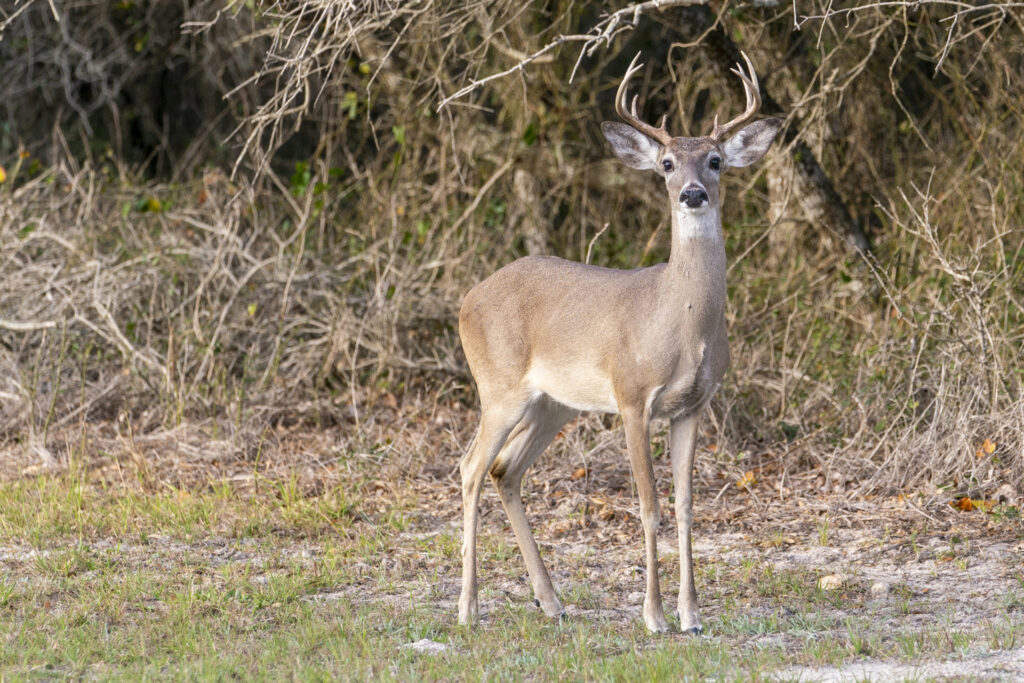Texas wildlife received the right amount of rain at the perfect time for the crucial growing stages of 2023. In spite of worsening drought conditions, wildlife populations have prevailed, according to a Texas A&M AgriLife Extension Service expert.
Jacob Dykes, Ph.D., AgriLife Extension wildlife specialist, said winter and spring rainfall set wildlife up to have the food, water and cover needed during an extremely crucial period.
Deer populations
Having numerous water resources available during a drought year is extremely important for all species of wildlife, Dykes said. For the deer population, vegetation resources are as important as water resources, because deer get most of their water intake from the vegetation they eat.
“During a drought year, not only do they not get food because vegetation isn’t growing, they’re also not getting water from vegetation like they typically do,” he said. “We got extremely lucky this year when we received rain in the late winter and spring.”
Dykes said receiving the rainfall during the earlier months created enough vegetation to provide bucks with resources needed to recover from the rut and does the nutrition needed to support fawns, as well as created enough protective cover for fawns being born in late summer.
Dove populations
Landowners with available water resources will reap the benefits from last year’s dove hatch, as the number of mourning and white-winged doves in the state has greatly increased compared to 2022 and is above the long-term average for both species, he said.
“If you have water on your property, you’re in a good position to have doves,” Dykes said.
Assisting wildlife
“Good habitat management will lessen the severity of stress on wildlife,” Dykes said.
Ranchers and livestock producers started supplemental feeding during the early months of the 2023 drought. He said these supplemental feeding programs can be extremely beneficial for wildlife as well.
Supplemental feeding in the summer can provide additional nutrition when bucks are putting the “final touches” on their antlers and does are entering the late stages of gestation or beginning lactation to support fawns.
“Anything you can do to lessen the burden during stressful periods helps,” Dykes said. “Wildlife management is not just important during hunting season, it’s important all year long.”


